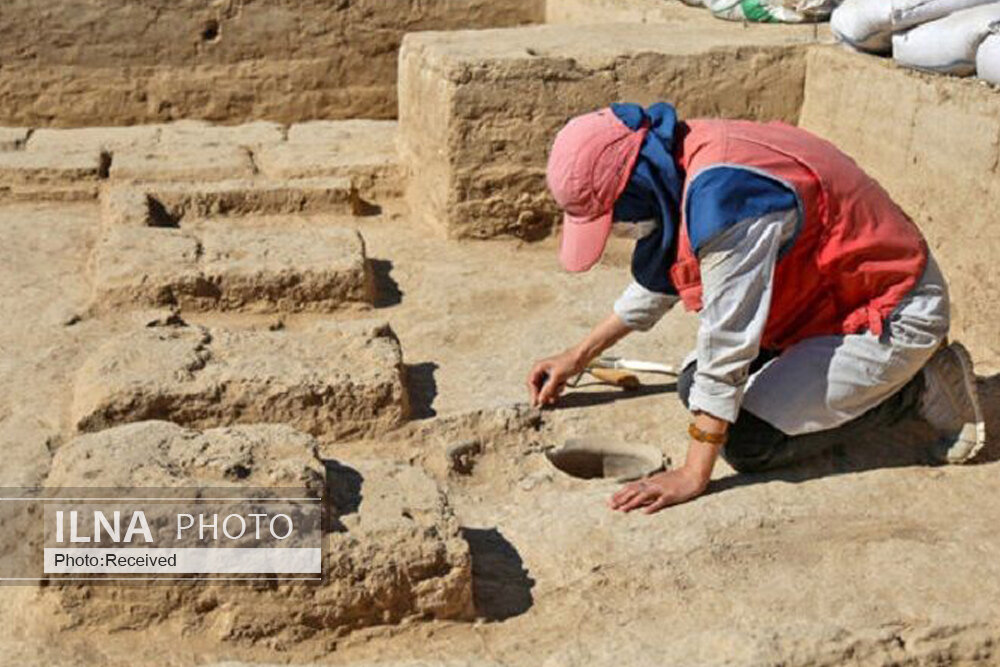Archaeologists hail find of Parthian administrative center in northeast Iran

TEHRAN – A team of archaeologists has discovered ancient ruins believed to be remains of an administrative and religious center associated with the Parthian Empire (247 BC–224 CE) in the site of Viranshahr, which was first discovered decades ago in northeast Iran.
“Viranshahr was the administrative and religious center and tax collection center during the Parthian period,” ILNA quoted Iranian archaeologist Meysam Labbaf-Khaniki as saying on Sunday.
“This year, we focused our work on a hill inside the site. Finally, the characteristics of the architectural plan, usage, and building material buried in this hill were determined,” Labbaf-Khaniki said.
“The general architecture of the complex shows that it was built using adobe walls and the characteristic of adobe also shows the architectural characteristics of the Parthian and Sassanid periods. These findings confirm that these buildings were built in the Parthian period and were used until the Sassanid period.”
This entire 14-hectare area, which was used until the middle of the Sasanian period, had the status of an administrative center during the Parthian and Sasanian periods, the archaeologist said.
“It was the administrative and government center. We have several other examples of such enclosures in the Khorasan region, which were established as administrative centers and managed and organized the surrounding populations, including satellite villages and nomads.”
Part of this area, which is known as Viranshahr, was active as an administrative and political center, and the other part is a religious building, he said.
“If the excavations continue in Viranshahr and we can get to the lower layers, maybe we can gain potteries or texts [on clay tablets].”
Referring to excavated ruins, the archaeologist said one of the Parthian towers is supposed to be open to the public to promote tourism in the region.
Led by Labbaf-Khaniki of Iran’s Research Institute of Cultural Heritage and Tourism in close collaboration with the Louvre Museum and archaeologist Rocco Rante from the University of Provence Aix-Marseille, the recent excavations were aimed to sharpen the focus on hidden gems of cultural heritage at the ancient site which is situated near the city of Faruj in North Khorasan province.
Last year, the team unearthed the ruins of a fortified structure during the fourth archaeological season. Based on initial evidence, experts from the Louvre and the University of Tehran, the structure had a religious or administrative use in its heyday.
According to Labbaf-Khaniki, many historians and archaeologists believe that Viranshahr is the birthplace of the Parthian Empire and housed the first administrative institutes of the dynasty.
Khorasan — meaning the “Land of the Sun” — is a historical region and realm comprising a vast territory now lying in northeastern Iran, southern Turkmenistan, and northern Afghanistan. The historical region extended along the north, from the Amu Darya (Oxus River) westward to the Caspian Sea and, along the south, from the fringes of the central Iranian deserts eastward to the mountains of central Afghanistan.
AFM
